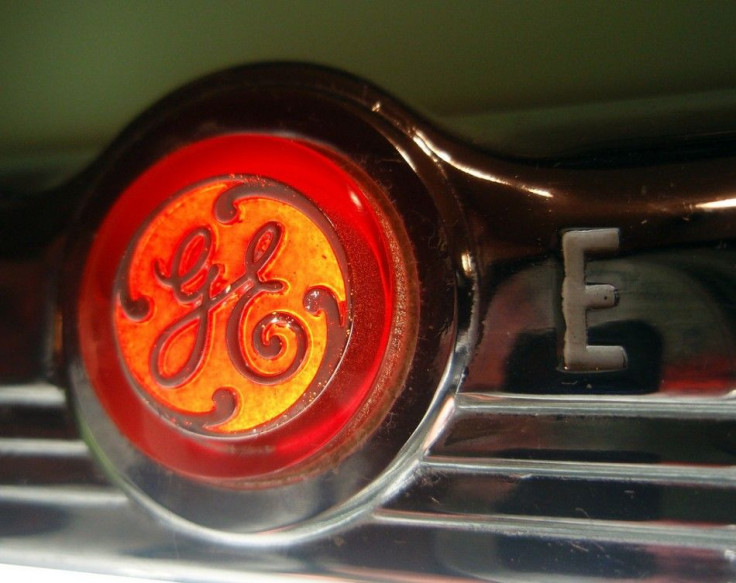Weekly U.S. Economic Snapshot: How Are We Doing?

Bit by tiny bit, the U.S. economy is improving. The progress might at times seem too small or slow to be evident, but the trajectory is unmistakably up.
People may not feel things are good yet, but they are beginning to feel the worse is subsiding, Gary Thayer, chief macro strategist at Wells Fargo Advisors, said. Thayer, who this week noted he was revising his model to reflect a 20 percent probability of a U.S. recession in 2012 -- down from 35 percent previously -- said the economy is doing better.
It's not good. We have a long way to go but the trends are improving, he added.
In the past few weeks, employment, industrial and consumer indicators have all pointed up, suggesting economic activity is beginning to climb its way out of the hole, if also reaffirming that we still have a long way to go.
Interestingly, a few economic indicators that take into account both present conditions and future expectations have been positive mainly on people's perceptions of where the economy will be later in the year.
Some key areas of interest:
Labor. New unemployment claims and continuing claims both dropped in the past week from previous readings, coming in under economist estimates. The current economic dynamics suggest the drop in unemployment is the result of new jobs being created, rather than discouraged workers just dropping out of the workforce. The four-week moving average of total unemployed is at 3.49 million, and is seen as dropping further in the future.
Consumer strength. The preliminary University of Michigan index of consumer sentiment for February did not match January's lofty number, but was still positive, at 72.5. Economist expectations of a 74.8 reading were not met, as the high price of gasoline tempered consumers' view of their current finances. However, the component index that measures expectations six months down was not as adversely affected. The strength of consumption over the previous few months was reaffirmed by a core retail sales reading that exceeded economist expectations.
Industrial output. Manufacturing continued its impressive run of positive data. The New York Fed's Empire State survey of manufacturing activity in the broader New York metropolitan area, as well as New York state, significantly exceeded economist views, driven up by expectations of what the ordering and pricing environment might be in the future. Reaffirming the view, General Electric Co. announced a plan Monday to create 12,000 U.S. manufacturing jobs -- mostly in the aerospace industry -- over the next five years, with CEO Jeff Immelt noting we should have the confidence to act and to restore American competitiveness.
Housing. The weakest pillar of the economic edifice saw some statistical improvement in the past few weeks. Housing starts and building permits increased at a rate that exceeded economist expectations. The rise was particularly attributable to a rise in multi-family housing construction. While the data now shows there is a clear upward trend in housing, optimism is tempered by the fact the momentum is only slightly positive, and housing is recovered from a baseline it has not seen in over two generations.
© Copyright IBTimes 2024. All rights reserved.




















